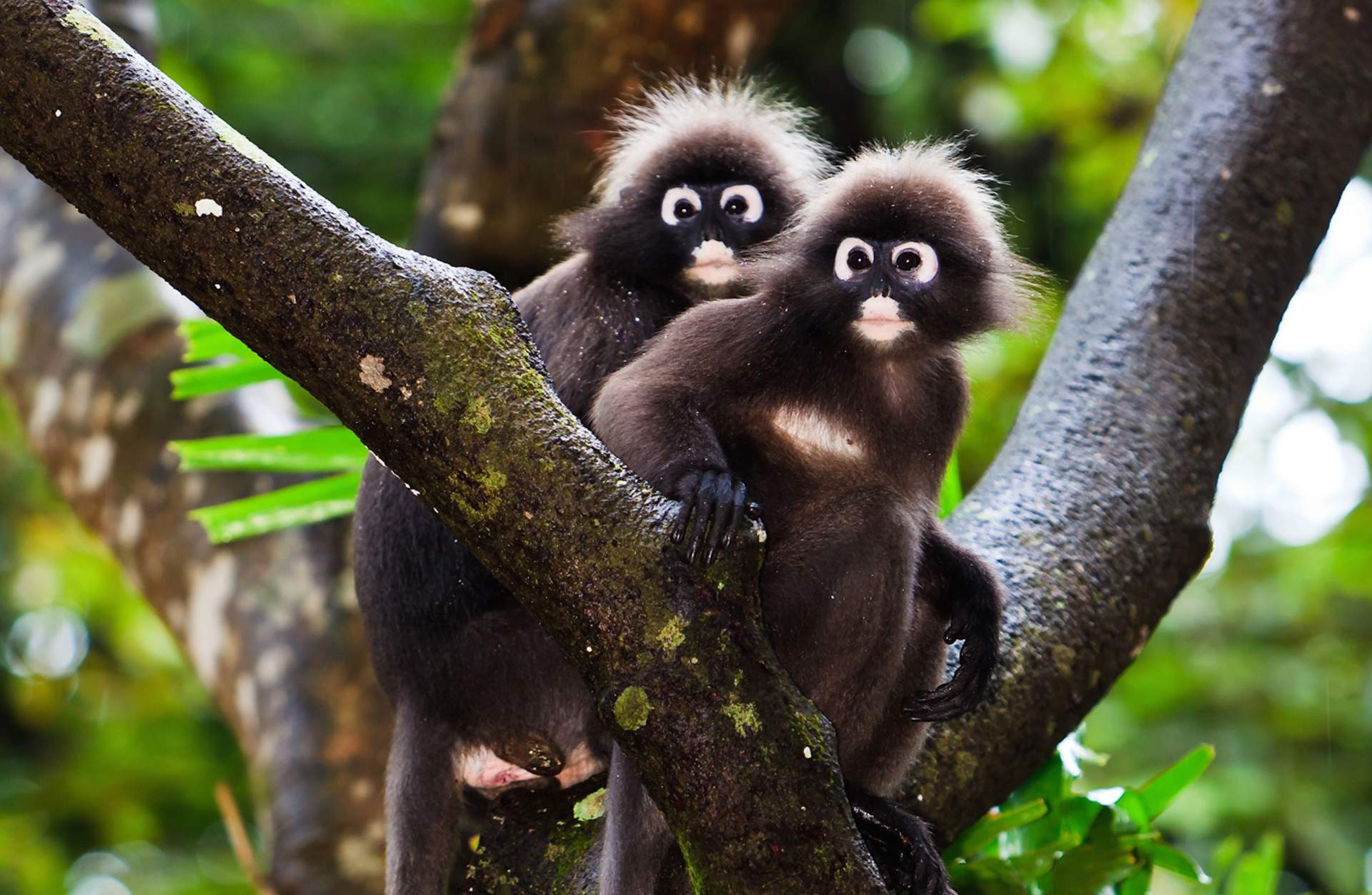
Tad Parker
Thailand
Thailand's most popular and busiest holiday island, Phuket might not seem an obvious choice for a wildlife hotspot. Mai Khao, though, continues to be one of the few Phuket beaches that welcome nesting turtles.
Eggs are rescued from surrounding beaches, where the natural, peaceful environment they need isn't always easy to find. The eggs are then given to the Phuket Marine Biological Centre (PMBC) and Royal Thai Navy who provide a safe home for them to hatch and time for the young turtles to gain strength before finding their true home in the ocean.
That's part of the work of the Mai Khao Marine Turtle Foundation, the winner of the Thailand Green Excellence Awards 2016.
Malaysia
Wildlife lovers exploring Malaysia might also want to take a short flight across the water to Sabah. As well as being home to the Batu Caves, whose exodus of hundreds of thousands of bats from the caves each evening is a mighty spectacle to behold, the region is also one of the best opportunities to see orangutans.
Sightings in the wild are rare, as the shy and elusive animals, who've learned to fear humans, are likely to bolt at the sign or sound of people, leaving many travellers with just a glimpse of orange fur disappearing into the forest.
For a close look, head instead to Sepilok Rehabilitation Centre, one of only three orangutan sanctuaries in the world. Orangutans are still essentially wild here, but they're fed by rangers and habituated enough to human presence to not mind being gawped at in fairly close proximity.
It's a great chance to see adult and infants going about daily life, resting, eating, grooming, plus acrobatically swinging and dangling from vines and tree branches.
The Philippines
There's a good reason why swimming with whale sharks is on many travellers' Bucket Lists: sharing the water with a spotted fish as big as a truck is an absolutely unforgettable wildlife experience.
Donsol Bay in the Philippines, off the laidback fishing island of Luzon, is one of the world's whale shark capitals, with sightings all but guaranteed.
Boat tours cruise the bay, with spotters high up on the deck or rigging looking for whale sharks. Once spotted, it's time to quickly put on masks and snorkels, and go for a memorable swim with the mighty behemoth. Over the course of three or four hours out in the Bay, you could swim with three, four or more whale sharks.
WWF Phillippines has been in the area since 1998, helping local authorities run the tours as community-based ecotourism, though the rules limiting the number of swimmers around a whale shark at any time are, as with lions in Kenya, not obeyed as strictly as they should be.
The whale sharks usually arrive in the local waters between November and June, with the peak season from February to April.